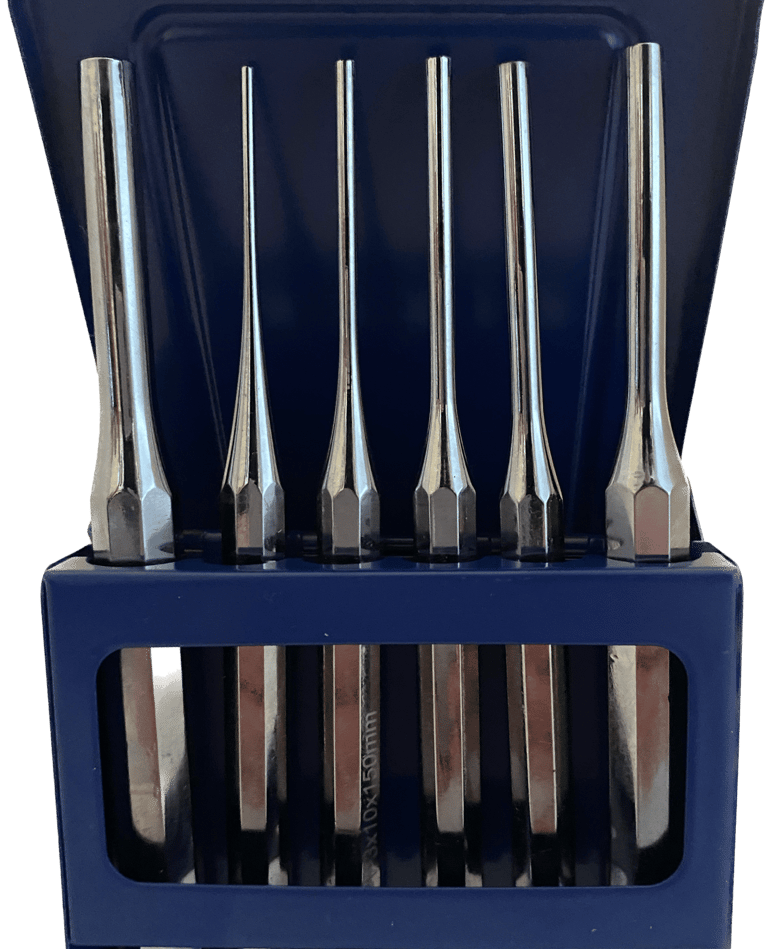Taper vs Pin Punches: Understanding the Differences and Use
C.D. Ward
5/17/20252 min read


Introduction:
When it comes to metalworking, having the right tool for the job is essential. Punches are an important tool in any metalworker's arsenal, but it can be easy to confuse the two types of punches: taper punches and pin punches. In this article, we will take a look at the differences between taper and pin punches, the various uses for each, and the pros and cons of each.
Taper Punches:
Taper punches are characterised by their tapered tip, which gradually gets smaller towards the end. These punches are typically used for aligning holes in metal parts before assembly, marking the centre of a hole for drilling, and removing dowel pins from a part. They can also be used for starting a hole for a screw or bolt and staking or peening a metal part to secure a press fit.
Uses of Taper Punches:
Aligning holes in metal parts before assembly
Marking the centre of a hole for drilling
Removing dowel pins from a part
Starting a hole for a screw or bolt
Staking or peening a metal part to secure a press fit
Pros of Taper Punches:
The tapered tip allows for precise alignment of holes
Can be used to mark the centre of a hole for drilling
Can be used to remove dowel pins with minimal damage to the surrounding area
Cons of Taper Punches:
Not suitable for driving out pins or rivets
Not suitable for harder materials
Pin punches, on the other hand, have a straight, cylindrical tip. They are primarily used for removing pins or rivets from a part, drifting (pushing) a tight fitting part out of a hole, starting a hole in a softer material, marking a centre line on a round object, and setting or adjusting the timing of a mechanical device.
Uses of Pin Punches:
Removing pins or rivets from a part
Drifting (pushing) a tight fitting part out of a hole
Starting a hole in a softer material
Marking a centre line on a round object
Setting or adjusting the timing of a mechanical device
Pros of Pin Punches:
Can be used to remove pins or rivets with minimal damage to the surrounding area
Can be used to drift tight-fitting parts out of a hole
Suitable for harder materials
Cons of Pin Punches:
Not suitable for precise alignment of holes
Not suitable for marking the centre of a hole for drilling
Conclusion:
In conclusion, taper and pin punches are both essential tools for any metalworker, but they have different uses. Taper punches are great for aligning and marking, while pin punches are used for removing pins and rivets and for other specific tasks. Be sure to choose the right punch for the job to ensure the best results.
See Arkham Tools selection for the best mirror electroplated parallel pin punches available that come with a handy metal storage container!
Quality
Premium hand tools for every professional need.
Tools
Shop
info@centrepunches.com
© 2025. All rights reserved.
